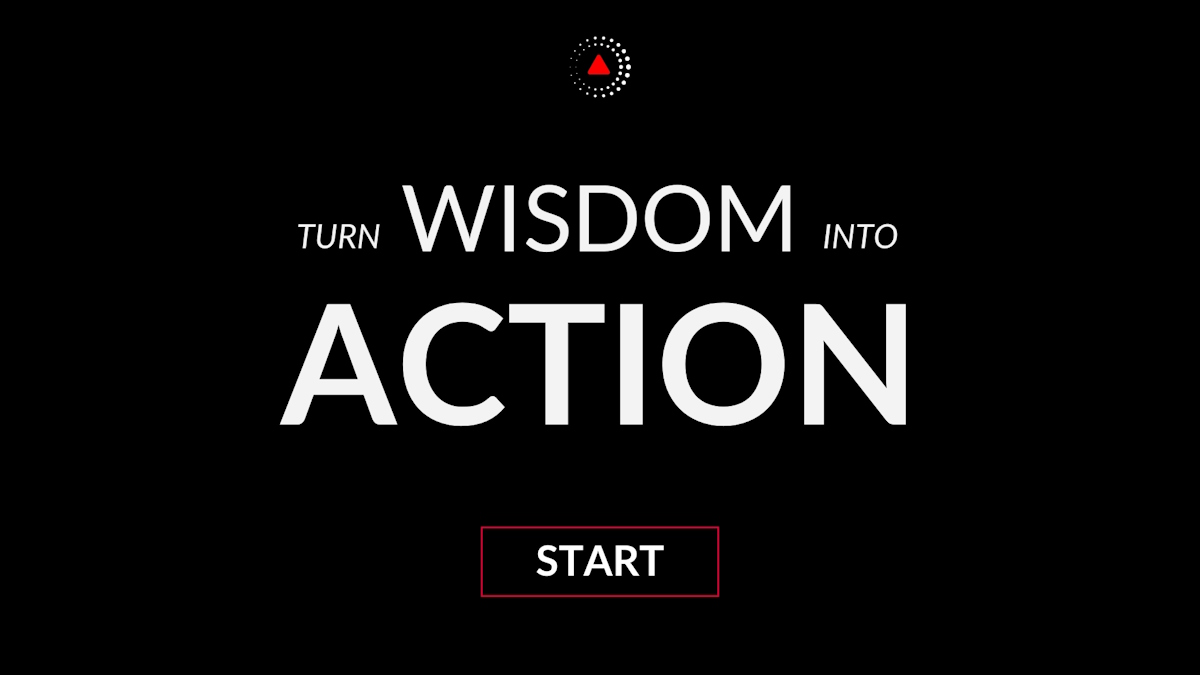Seeing is not always believing.
What's the meaning of this quote?
Quote Meaning: The quote "Seeing is not always believing" encapsulates a profound insight into the limitations of human perception and cognition. At first glance, it may seem contradictory since our natural inclination is to trust our senses as reliable sources of information. However, when scrutinized deeper, it unveils a truth that goes beyond the surface level of observation.
On a literal level, "seeing" refers to the act of perceiving through our senses, particularly sight. It suggests that what we observe visually may not always correspond to reality or truth. This notion challenges the common assumption that visual evidence alone is sufficient to form accurate beliefs or judgments about the world around us. In other words, appearances can be deceiving.
To understand the deeper meaning of this quote, one must delve into the complexities of human perception and cognition. Our senses provide us with valuable information about our environment, but they are not infallible. They are subject to various biases, illusions, and distortions that can lead us astray. For example, optical illusions demonstrate how our brains can misinterpret visual stimuli, presenting us with a distorted version of reality.
Moreover, our perception is influenced by our prior experiences, beliefs, and expectations. These cognitive factors can shape how we interpret sensory information, often leading us to see what we expect or want to see, rather than what is actually there. This phenomenon is known as confirmation bias, where we selectively perceive and remember information that confirms our preexisting beliefs while ignoring contradictory evidence.
Furthermore, the quote suggests that belief should not solely rely on sensory perception. Belief encompasses a broader spectrum of factors, including critical thinking, reason, intuition, and empirical evidence. While seeing may provide an initial impression, true belief requires deeper analysis and consideration of multiple sources of information. Blindly trusting our senses without questioning or verifying can lead to misunderstandings, misjudgments, and even deception.
In a philosophical sense, "seeing" can extend beyond literal vision to represent our capacity to comprehend and understand the world. This quote challenges us to question the nature of reality and the validity of our perceptions. It encourages skepticism and intellectual curiosity, prompting us to explore beyond the surface and seek deeper truths that may not be immediately apparent.
In summary, the quote "Seeing is not always believing" serves as a reminder of the fallibility of human perception and the complexities of forming beliefs. It urges us to approach the world with a critical mind, recognizing that what we see may not always align with reality. By acknowledging the limitations of our senses and embracing a broader perspective, we can cultivate a deeper understanding of the world and foster greater intellectual humility.
Who said the quote?
The quote "Seeing is not always believing." is often attributed to Martin Luther King (Bio / Quotes). Martin Luther King Jr. was a civil rights activist and Baptist minister who became one of the most influential leaders in American history.
Applying the quote to your life
Unlock King's wisdom and apply it to your life by getting the in-depth Martin Luther King Workbook & Study Guide, complete with King's top quotes, insightful commentary, reflective questions, and practical uses for everyday life. 👇
To apply more wisdom, get the All-Access Pass, which includes hundreds of study guides from the world's top minds. These include deep insights from individuals such as Nelson Mandela, Steve Jobs, and Albert Einstein, as well as some of the top authors and personal development books.
Is there a historical example that illustrates the message of the quote?
One poignant historical example of "seeing is not always believing" can be found in the case of the 1938 radio broadcast of H.G. Wells's "The War of the Worlds." On October 30, 1938, Orson Welles and the Mercury Theatre on the Air presented a radio drama that was styled as a series of news bulletins about an alien invasion. The broadcast was so realistic that many listeners believed the fictional invasion was actually occurring.
Despite the fact that the broadcast was explicitly labeled as a drama, the immersive presentation led to widespread panic and confusion among those who tuned in late or did not hear the introductory disclaimer. People who heard the broadcast and believed it to be real were convinced they were witnessing an actual extraterrestrial attack, highlighting how perception can be distorted by presentation and context. This incident illustrates how "seeing," or in this case hearing, can lead to beliefs that are not necessarily grounded in reality.
The reaction to the broadcast reflects the idea that sensory input alone is not always a reliable indicator of truth. Even when we are presented with information through direct experience, our understanding can be influenced by factors like context, previous knowledge, and even the emotional impact of the presentation. In this case, what people saw or heard did not match up with the reality of the situation, demonstrating that believing something based solely on sensory input can lead to misunderstandings.
What are Martin Luther King's Best Quotes?
Watch on Elevate Uni's YouTube channel and be sure to subscribe for more wisdom and insights from the world's top minds.
Subscribe on YouTube to get the latest quote videos delivered straight to you:
How can the quote be applied in a real-life scenario?
The quote "seeing is not always believing" can be applied to various real-life scenarios where appearances can be deceiving. Consider the realm of social media, where carefully curated images and posts can create a misleading impression of a person's life. For instance, a person might post glamorous vacation photos or success stories, which can lead others to believe that their life is perfect. However, these images and updates often omit the challenges, struggles, and mundane aspects of daily life.
When evaluating what we see online, it's important to remember that these representations might not reflect the full truth. Just as with the radio broadcast example, where the sensory input (the broadcast) led to a distorted perception of reality, social media posts can similarly present an edited version of reality. Seeing someone’s highlight reel does not provide a complete picture of their life, and believing it to be representative can lead to unrealistic comparisons and dissatisfaction.
In practical terms, this quote serves as a reminder to approach information critically. Whether dealing with social media, news reports, or even personal interactions, it's beneficial to consider the possibility that appearances might not reveal the whole truth. This means asking questions, seeking additional perspectives, and not taking everything at face value. By doing so, you can gain a more nuanced understanding of the reality behind what is presented to you, avoiding the pitfalls of superficial judgments based on limited or misleading information.
Chief Editor
 Tal Gur is an author, founder, and impact-driven entrepreneur at heart. After trading his daily grind for a life of his own daring design, he spent a decade pursuing 100 major life goals around the globe. His journey and most recent book, The Art of Fully Living, has led him to found Elevate Society.
Tal Gur is an author, founder, and impact-driven entrepreneur at heart. After trading his daily grind for a life of his own daring design, he spent a decade pursuing 100 major life goals around the globe. His journey and most recent book, The Art of Fully Living, has led him to found Elevate Society.





















